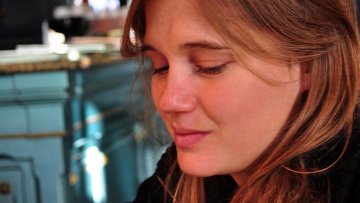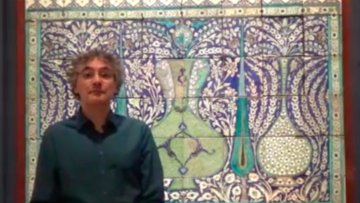Stable surfaces with constant mean curvature in 3-manifolds admitting a Killing vector field
Abstract
In this talk we will discuss some properties of Schrödinger operators on parabolic manifolds, and particularize them to study the stability operator of a parabolic surface with constant mean curvature immersed in a 3-manifold that admits a Killing vector field. As an application, we will determine the range of values of H such that some homogeneous 3-manifolds admit complete parabolic stable surfaces with constant mean curvature H. Time permitting, we will also discuss some related area and first-eigenvalue estimates for the stability operator of constant mean curvature graphs in such 3-manifolds.



